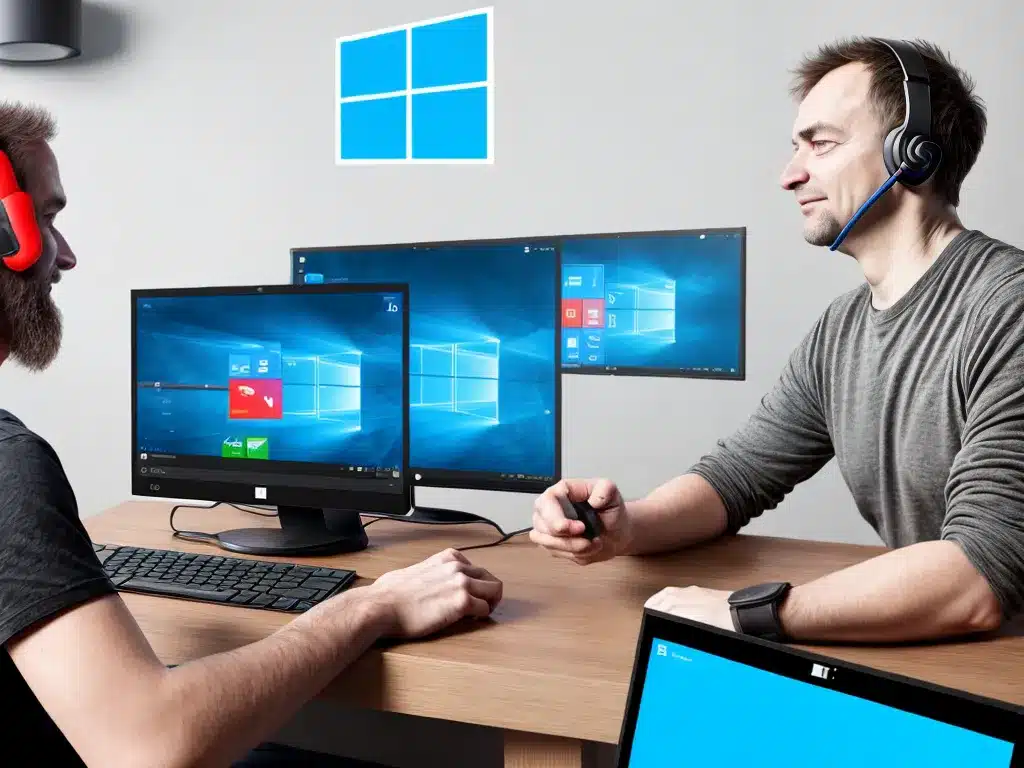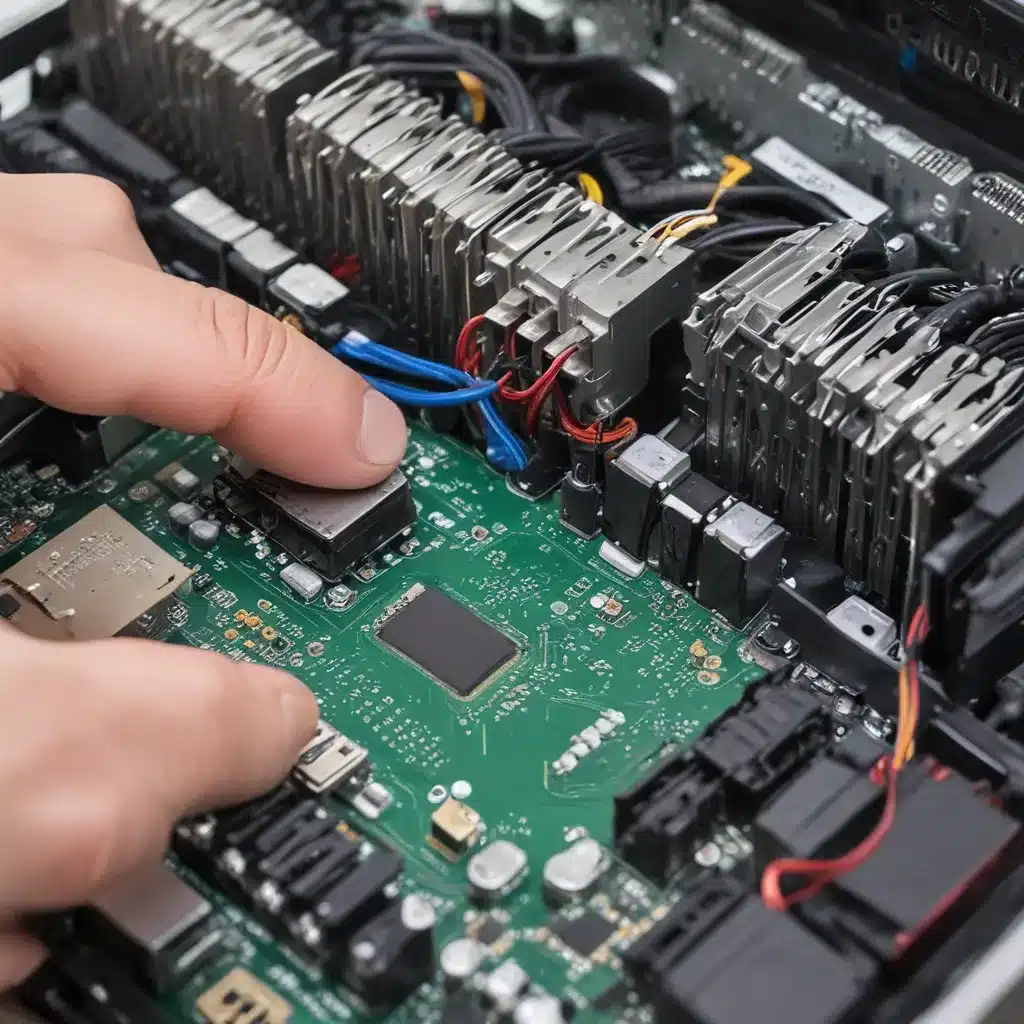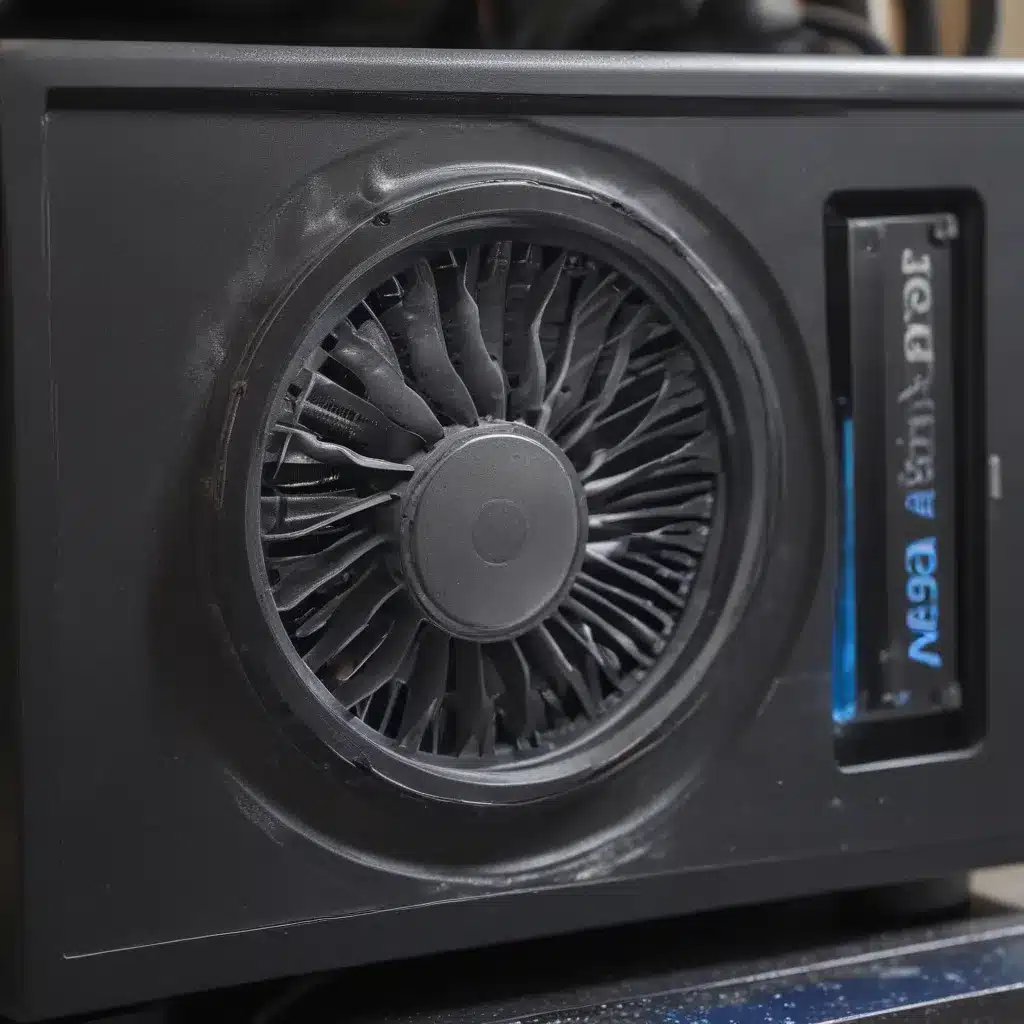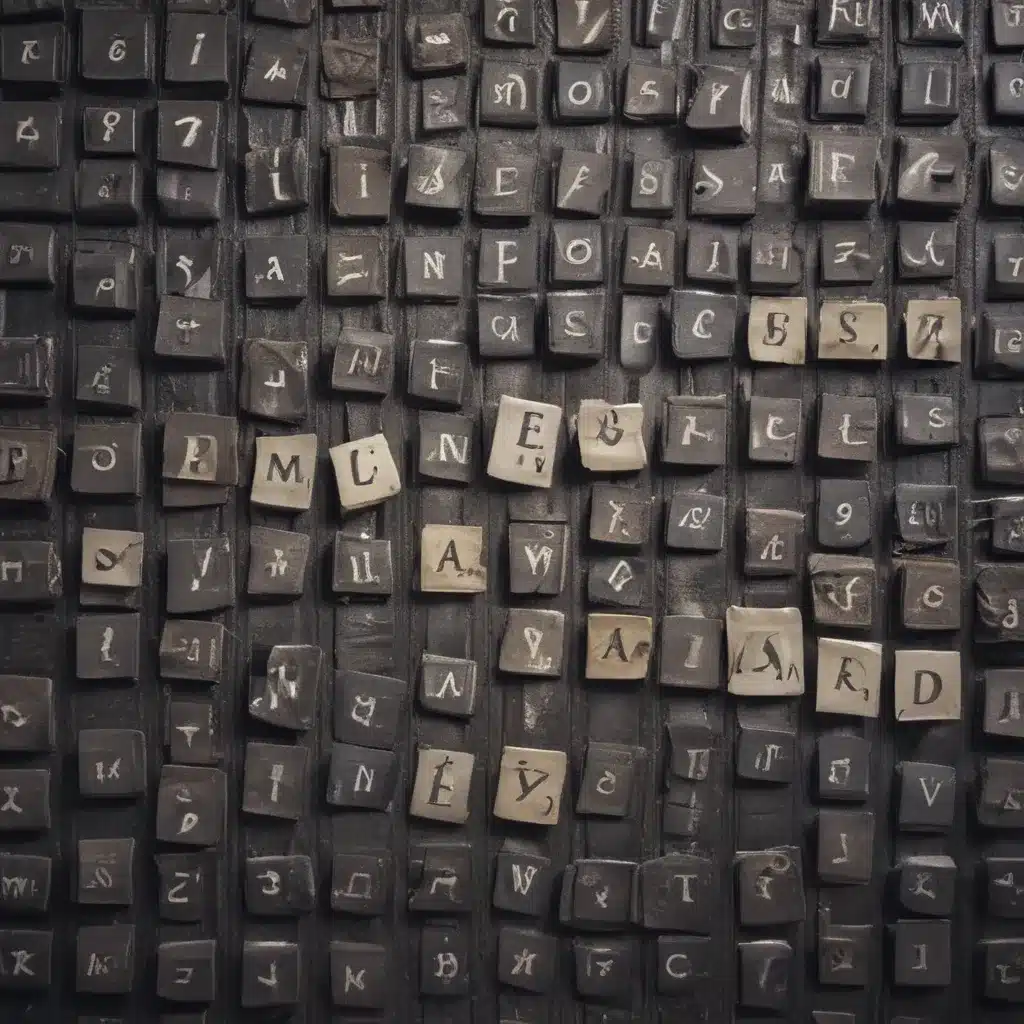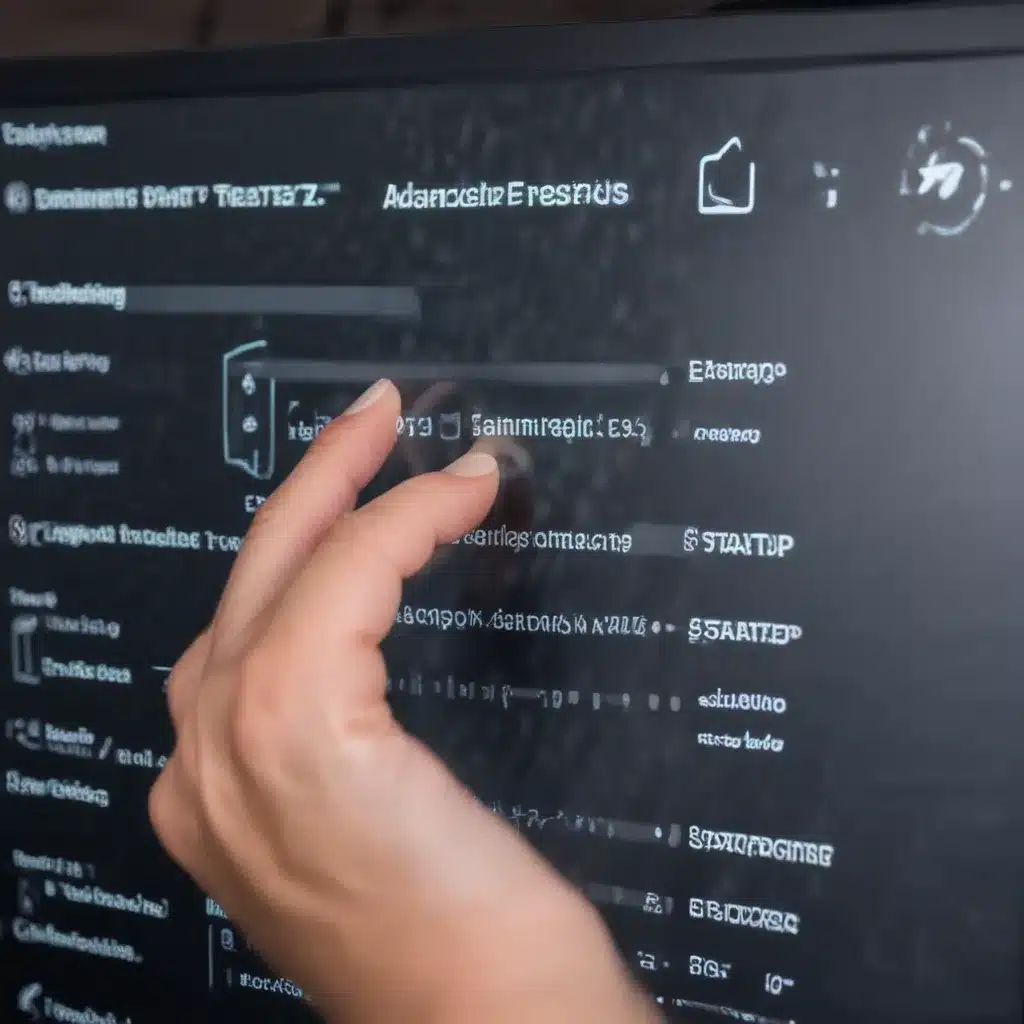Introduction
With the release of Windows 11, Microsoft has introduced the DirectStorage API to PC gaming. This new API allows for significantly faster loading times in games by fully utilizing the speed of NVMe SSDs and GPU decompression. In this article, I will provide an in-depth look at how DirectStorage works and what it means for the future of PC gaming.
What is DirectStorage?
DirectStorage is an API that provides full GPU decompression of assets stored on NVMe SSDs. It allows direct communication between the SSD and GPU, bypassing the CPU bottleneck that previously limited asset loading speeds.
Here are some key details on how DirectStorage works:
-
Direct CPU bypass – Assets can be loaded from the SSD directly into the GPU memory, bypassing the CPU. This removes a major bottleneck.
-
Full GPU decompression – The GPU can decompress assets as they are loaded, taking advantage of its parallel processing power. The CPU no longer has to handle decompression.
-
Optimized for NVMe SSDs – DirectStorage is designed to fully utilize the incredible speeds of modern NVMe SSDs. Traditional storage APIs failed to capitalize on this performance.
-
Reduced CPU workload – With the CPU taken out of the equation for asset loading and decompression, its workload is greatly reduced, benefits overall system performance.
-
Low-level access – DirectStorage provides lower-level, more efficient access to the SSD compared to traditional storage APIs.
Why DirectStorage Matters for Game Loading
DirectStorage can provide massive improvements to game load times by overcoming previous bottlenecks. Here’s why it’s so important:
-
Asset decompression is accelerated – GPU decompression speeds up decompressing large assets like textures by up to 40x compared to the CPU. This significantly reduces load times.
-
NVMe SSD speeds are fully utilized – NVMe SSDs are capable of up to 4GB/s sequential read speeds. DirectStorage finally unlocks this performance potential in games.
-
No more CPU bottleneck – The CPU is no longer the limiting factor for asset loading. Data can flow straight from the SSD to the GPU efficiently.
-
Quick resume is enabled – DirectStorage enables the Suspend and Resume feature for near-instantaneous game launching. Games can resume from sleep mode in under 2 seconds.
-
Richer and larger game worlds – Faster loading allows developers to stream larger, more detailed game worlds without interruption.
DirectStorage Requirements
To take full advantage of DirectStorage, PC gamers will need to meet certain system requirements:
-
Windows 11 – DirectStorage is only available on Windows 11 initially. Support for Windows 10 is planned for a future update.
-
NVMe SSD – An NVMe solid state drive is required. SATA SSDs and hard drives can’t provide the storage performance needed.
-
DirectX 12 GPU – A GPU that supports DirectX 12 and Shader Model 6.0 features is required. Nvidia GPUs require Turing architecture or newer.
-
Latest GPU drivers – Up-to-date GPU drivers compatible with DirectStorage are essential. Driver support is still being rolled out.
While GPUs and drivers will continue to get broader support over time, an NVMe SSD and Windows 11 are hard requirements that gamers will need for DirectStorage right now.
What Games are Using DirectStorage?
DirectStorage support has to be implemented into each game individually by developers. Here are some notable upcoming games using DirectStorage:
-
Forspoken – This fantasy action RPG from Square Enix will fully support DirectStorage at launch. Extremely fast loading is promised.
-
Microsoft Flight Simulator – An upcoming update will add DirectStorage support to take advantage of faster loading times.
-
Hogwarts Legacy – The upcoming Harry Potter RPG will use DirectStorage technology for noticeably faster loading according to Avalanche Software.
Several other unannounced major titles are also rumored to be implementing DirectStorage support. As the API matures and becomes more widespread, we can expect adoption to grow rapidly.
Benefits Observed So Far
While DirectStorage is still new, initial benchmarks showcase the incredible improvements to load times it can provide:
-
Up to 2x faster game launch times – Initial tests of DirectStorage show game launches completing 1.9x to 2.1x quicker. These are just the beginning improvements expected.
-
Over 6x faster asset loading – For a 20GB dataset, loading and decompressing assets took only 3.6 seconds with DirectStorage versus 20 to 30 seconds without it.
-
No performance impact during gameplay – After assets are loaded, gameplay performance is unaffected by DirectStorage. Only loading times are improved.
-
Rapid resume from sleep – With the optimized Suspend and Resume feature, DirectStorage-enabled games can resume after sleep in around 1.5 seconds.
While tests are still limited, the initial results show DirectStorage is capable of cutting game load times by 50-75%. Further optimizations will only improve performance over time.
The Future of Game Loading
DirectStorage represents the beginning of a new generation of faster game loading driven by storage hardware and software optimizations. Here are some key advancements still to come:
-
Broader compatibility – DirectStorage support will expand to more GPUs and likely come to Windows 10 to reach more gamers.
-
Faster NVMe drives – Even faster NVMe SSDs up to 14 GB/s speeds are coming soon, which will further accelerate DirectStorage performance.
-
New noise-reduction algorithms – Machine learning-powered algorithms will reduce asset sizes without compromising visual quality, improving loading and streaming efficiency.
-
More efficient asset packaging – Developers will optimize how game data is stored and accessed based on DirectStorage capabilities, compounding loading improvements.
-
Enhanced streaming – Lightning fast loading will enable finer-grained asset streaming and world building as gamers play.
With DirectStorage just being the beginning, game loading times could effectively be reduced to mere seconds by the end of the decade. This will transform game design and let developers focus on creative vision over technical limitations.
Conclusion
DirectStorage leverages the combined power of NVMe SSDs and GPUs to completely transform game loading speeds. By finally eliminating the CPU bottleneck and allowing direct data transfer from storage to graphics, it enables 2x faster load times now, with even greater improvements coming. As this revolutionary API sees wider adoption, storage will no longer hinder game creativity and design as it once did. We are entering a new era of high-speed, meticulously detailed game worlds, thanks to advancements like DirectStorage.

